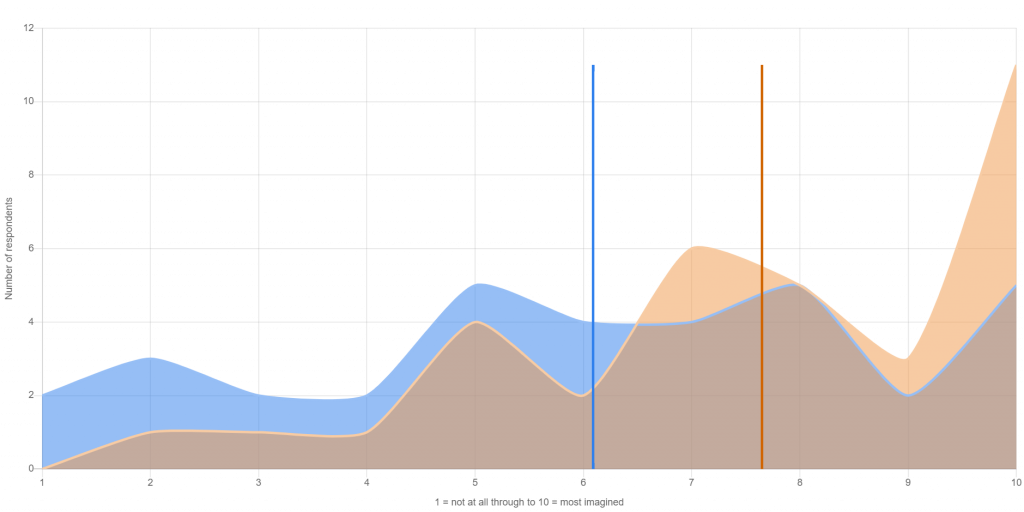Full description
The outcome economic wellbeing increased relates to the goal of an equitable economy. Focussing on increasing the economic wellbeing of those that are economically distressed and/or marginalised through participation supports the creation of an equitable economy, the purpose of which in itself is to achieve the economic wellbeing individuals need to flourish and be fulfilled. It is important to note that it is possible to increase participation (for example, through increased work hours) without it leading to increased economic wellbeing. The outcome needs to be increased individual economic wellbeing.
Theory underpinning this outcome
Economic wellbeing is defined here as the state of having the economic resources to support one’s material living conditions, as well having control over these resources and conditions (Australian Bureau of Statistics, 2015). Participation in the economy is closely related to living standards, including financial resilience (SCRGSP, 2007), and is vital for individual economic wellbeing. Economic wellbeing is essential for human flourishing and fulfilment. As the ABS (2015) explains:
“Having access to and the ability to manage economic resources means that people are able to acquire the goods and services required to meet their needs and maintain an acceptable standard of living. This includes the consumption of food, clothing, housing, education and leisure activities…. Economic wellbeing also related to the risk of experiencing financial difficulties in times of need or unexpected expenses…”
In Australia, despite the significant contribution of the cultural industries to the economy, on average, artists’ incomes are lower than all other occupational groups (Throsby & Petetskyays, 2017)
Evidence that this outcome occurs
(This item is currently in development. Updates will be posted here as they are completed)
Activities
As of April 2021, there were 8 activities in Takso selecting this outcome with 3 completed and evaluated. Types of activities undertaken to achieve this outcome include:
- Commissioning of public art (not acquired),
- Performances: performing arts of all forms,
- Publications in all media.
Results
Over the 3 completed activities that addressed this outcome, 34 people responded to the evaluation question. On a scale of 1 to 10, with 1 being not at all and 10 the most imaginable, respondents reported an average pre activity level of 5.25 for this outcome and a post activity average of 6.6.
Individual economic wellbeing increased
3 Activities / 34 responses / Pre activity average 6.1 / Post activity average 7.7

Increased individual economic wellbeing
Australian Bureau of Statistics. (2015). Economic Wellbeing. Canberra: Australian Bureau of Statistics Retrieved from:http://www.abs.gov.au/ausstats/abs@.nsf/Lookup/by%20Subject/4160.0.55.001~Jun%202015~Main%20Features~Economic%20wellbeing~10015.
SCRGSP (Steering Committee for the Review of Government Service Provision). (2007). Overcoming Indigenous Disadvantage: Key Indicators 2007. Canberra: Australian Government Productivity Commission. Retrieved from https://www.pc.gov.au/research/ongoing/overcoming-indigenous-disadvantage/2007.
Throsby, D., & Petetskaya, K. (2017). Making Art Work: An economic study of professional artists in Australia. Sydney: Australia Council. Retrieved from http://www.australiacouncil.gov.au/workspace/uploads/files/making-art-work-throsby-report-5a05106d0bb69.


